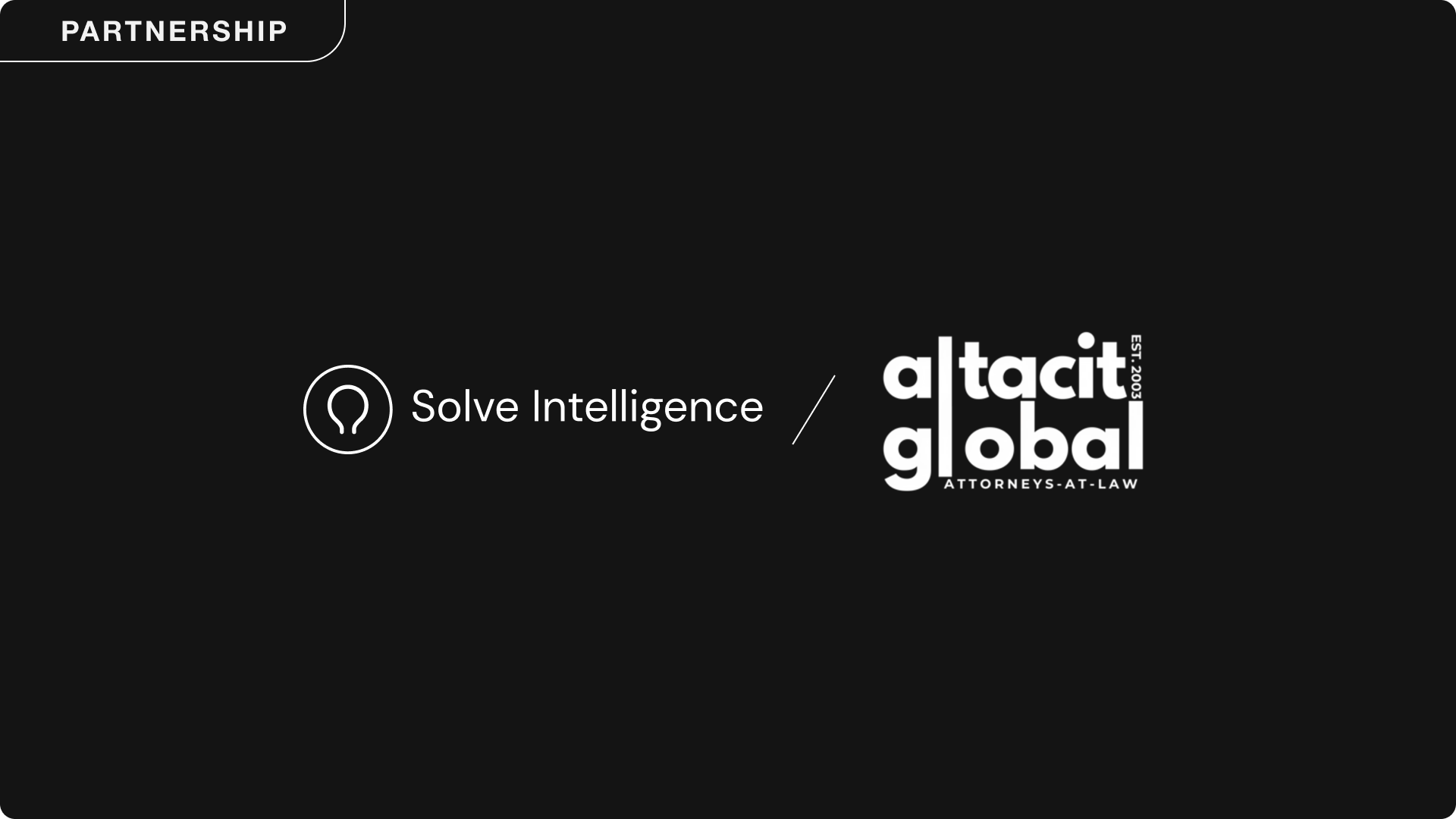Revolutionising Patent Writing - Welcome to Solve Intelligence
Tl;dr: We use AI to help you write high-quality patents quickly. We do this by providing a simple in-browser document editor that any patent attorney or inventor can start using straight away
What are we building?
Tl;dr: We use AI to help you write high-quality patents quickly. We do this by providing a simple in-browser document editor that any patent attorney or inventor can start using straight away
Our product can help with all stages of the patent life cycle, from writing and enhancing the initial invention disclosure and drafting the patent application to responding to office actions and opposition objections.
Why are we building it?
From drafting to grant, a worldwide patent costs $60K on average and can take years to obtain. If the patent is contentious, then costs can get much higher ($100K-1M+). It's a slow and expensive process which can block innovation and delay time-to-market.
There's a need for software solutions which can make the patenting process more efficient.
Most existing intellectual property software focuses on search (finding related technology). However, the generative steps of drafting a patent and responding to examiners and competitors make up 90%+ of the costs.
Enter AI, which now has the ability to help with generative patent tasks. At Solve Intelligence, we have assembled a world-class team of AI researchers and software developers. Our goal? To leverage and build on recent AI breakthroughs to transform the patenting process.
AI for patents.
Be 50%+ more productive. Join thousands of legal professionals around the World using Solve’s Patent Copilot™ for drafting, prosecution, invention harvesting, and more.




.png)
